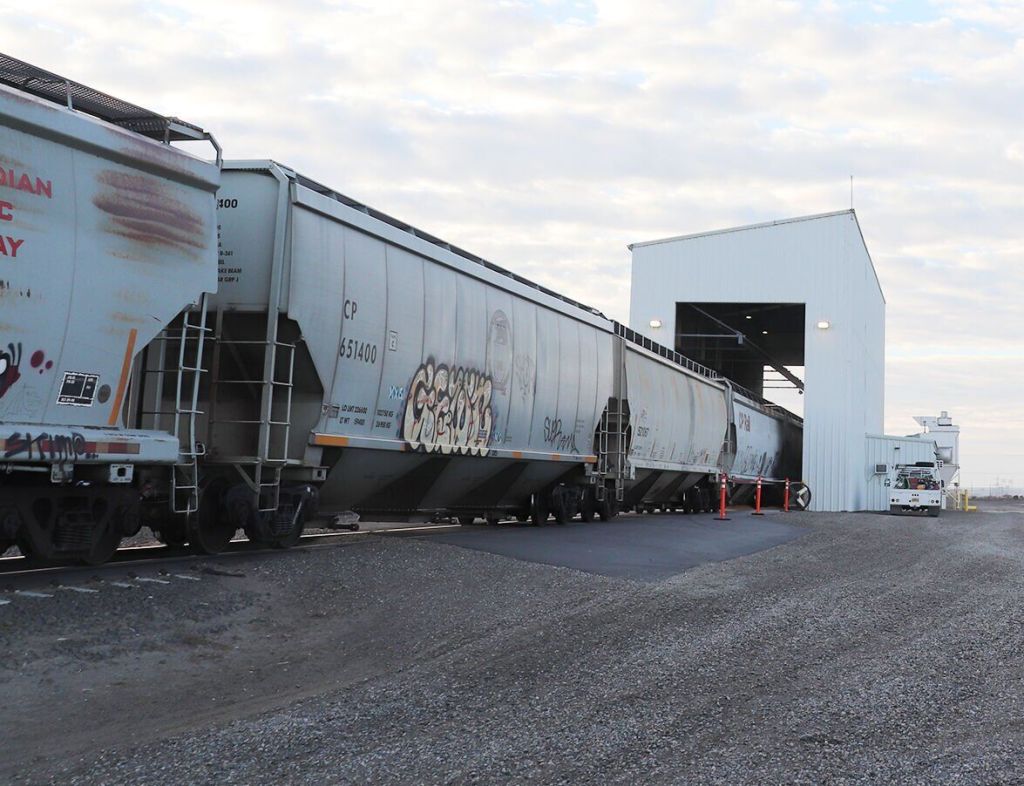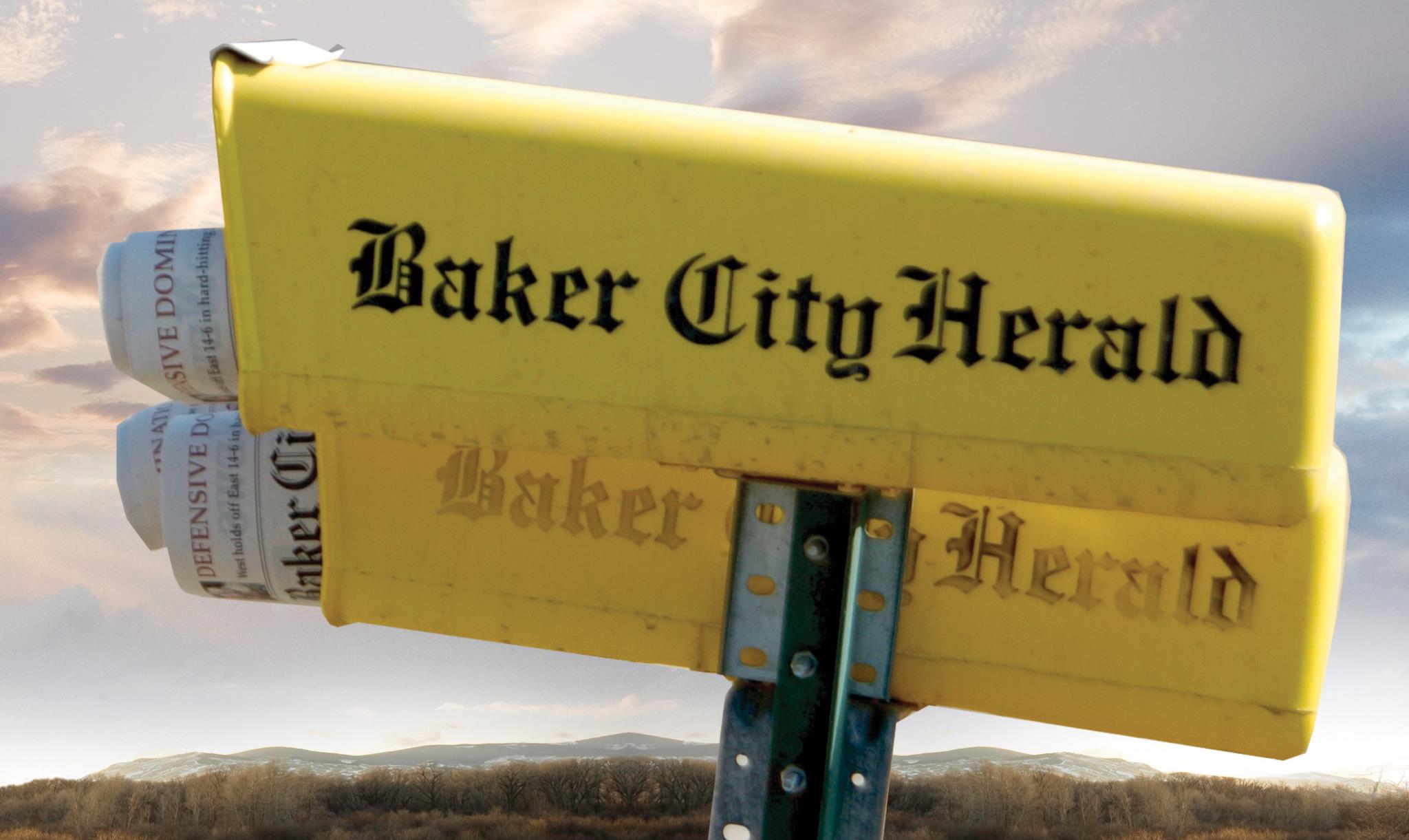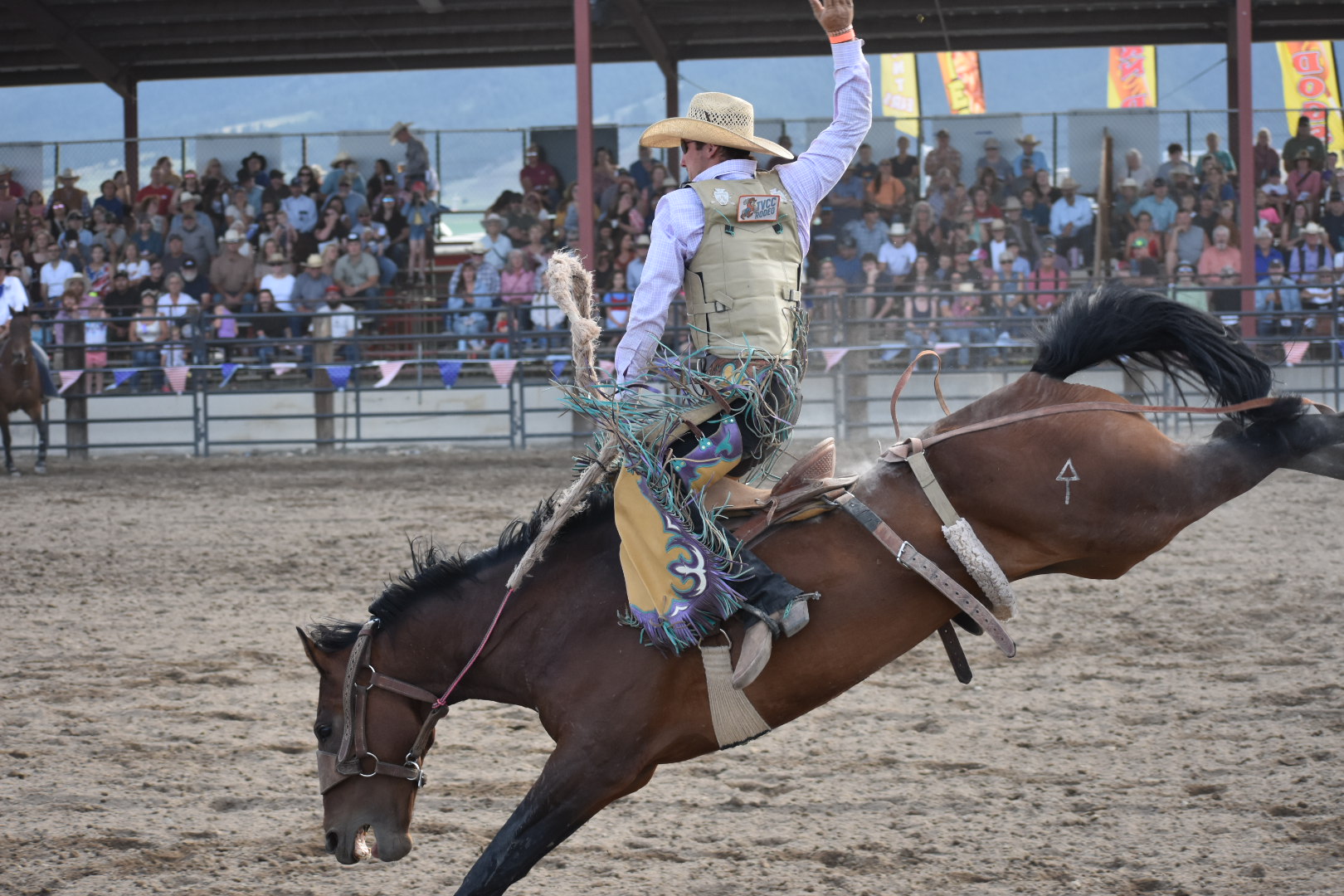Morrow County Grain Growers unloads 8,500-foot train
Published 1:00 pm Wednesday, November 22, 2023

- An 8,500-foot train filled with corn from Honeyford, N.D., arrived at Morrow County Grain Growers' Columbia River terminal near Boardman on Nov. 15, 2023. It was the first time such a large train was unloaded in the U.S., made possible by a recent rail-to-barge expansion at the facility.
BOARDMAN — Kevin Gray knew the 8,500-foot-long unit train bound for Oregon would be impressive. Yet he was still amazed to see it up close and personal.
“It’s one thing to see it on paper,” said Gray, general manager of the Morrow County Grain Growers cooperative. “But when you see it roll in, and the end cars are probably a half-mile away … it’s just massive. That was my initial impression.”
The 1.6-mile-long train arrived Nov. 15 at the co-op’s grain terminal along the Columbia River near Boardman, with 142 cars hauling 550,000 bushels of corn that will be used to feed local livestock.
Workers spent about 14 hours unloading the shipment, which nearly filled one 105-foot-diameter storage bin at the facility.
It marked the first time such a large train had been unloaded anywhere in the U.S., and was made possible by a publicly funded rail-to-barge project allowing MCGG to bring in trains filled with corn and wheat from the Upper Midwest.
Gray called it the next generation of grain transportation.
“It’s been truly transformational seeing our employees and the grain facility develop to the point where we can handle a major feat like this,” he said.
Rail improvements
MCGG is a co-owner of the river terminal with the Port of Morrow. In 2019, the port received a $6.5 million Connect Oregon grant from the state Department of Transportation for rail improvements in its East Beach Industrial Park.
The co-op then secured another $2.1 million state grant last year to increase capacity at the Boardman elevator, adding a new 600,000-bushel storage bin.
The idea, Gray said, was twofold. First, agricultural shippers could avoid rail congestion and delays in the Columbia River Gorge by allowing trains to offload. Then the grain would transfer onto barges bound for exporters in Portland and Vancouver, Wash.
Second and perhaps more important, MCGG could secure a stable supply of corn from the Midwest for feedlots and dairies around the Columbia Basin.
“We’re really in a corn desert,” Gray said. “There’s a lot of corn that’s grown in northeast Oregon where we’re at, but not compared to the huge amount of livestock and dairies we have locally. The feed side of it has become a bigger deal than the trans-loading side.”
High efficiency Product
With facility upgrades in place, Gray said he took notice of larger trains pioneered by the railroad company Canadian Pacific Kansas City.
Whereas most unit trains are about 7,000 feet long with 112 cars that can carry 10,400 tons of wheat, the railroad had designed a new model using “High Efficiency Product,” or HEP cars, which are shorter, wider and lighter.
The HEP design boosted weight capacity by 10% and volume by 15%. So instead of 112 cars, the train is a minimum of 134 cars spanning 8,500 feet and capable of carrying 12,000 tons of wheat.
Two years ago, Farmers Elevator Co., a co-op in Honeyford, N.D., began loading HEP trains. However, they were forced to ship their product to Canada since no U.S. facility could handle trains that big.
That changed with the expansion of MCGG in Boardman.
“We started asking our grain people, ‘Why can’t we do this? Why can’t we bring one of these in?'” Gray said. “For us, it was just a case of, we’ve got everything here in place. We’ve got the facility. The port has built us the track. Let’s do it. Let’s give it a run.”
Gray said he expects more HEP trains to arrive in Boardman soon.
“When there’s opportunities out here like this to go with bigger trains, you always want to be on the cutting edge,” he said. “If we don’t do it, somebody else will.”
Eastern Oregon co-op to expand Columbia River grain terminal
Oregon rail-to-barge grain facility receives $2 million to expand









